
-
Flucytosine CAS NO:2022-85-7
Name: Flucytosine CAS No.: 2022-85-7 Appearance: White crystal powder Molecular formula: C4H4FN3O Molecular Weight: 129.092 Melting point:298-300 °C(lit.) PACKAGE:25KG/BAGTags : CAS NO:2022-85-7 Flucytosine Factory price Flucytosine C4H4FN3O 5-Flucytosine EINECS NO:217-968-7
-
Piroxicam CAS NO:36322-90-4
Name: Piroxicam CAS No.: 36322-90-4 Appearance: Grayish white to yellowish solid Molecular formula: C15H13N3O4S Molecular Weight: 331.346 Melting point:198-200 °C(lit.) PACKAGE:25KG/BAGTags : C15H13N3O4S CAS NO:36322-90-4 Piroxicam EINECS NO:252-974-3 Feldene Factory price Piroxicam
-
Phenacetin CAS NO:62-44-2
Name: Phenacetin CAS No.: 62-44-2 Appearance: White crystalline powder Molecular formula: White crystalline powder Molecular Weight: 179.21 Melting point:133-136 °C(lit.) PACKAGE:25KG/BAGTags : Phenacetin CAS NO:62-44-2 C10H13NO2 EINECS NO:200-533-0 Factory price Phenacetin
-
Azelaic Acid CAS NO:123-99-9
Name: Azelaic Acid CAS No.: 123-99-9 Appearance: White to yellowish monoclinic prismatic, acicular crystal Molecular formula: C9H16O4 Molecular Weight: 188.22 Melting point:106.5 °C(lit.) PACKAGE:25KG/BAGTags : Azelaic Acid CAS NO:123-99-9 C9H16O4 Factory price Azelaic Acid EINECS NO:204-669-1 good quality Azelaic Acid
-
Phenylbutazone Calcium CAS NO:70145-60-7
Name: PhenylbutazoneCalcium CAS No.: 70145-60-7 Appearance: White powder Molecular formula: C19H20CaN2O2 Molecular Weight: 348.4512 PACKAGE:25KG/BAGTags : Phenylbutazone Calcium CAS NO:70145-60-7 EINECS NO:274-335-8 C19H20CaN2O2 Factory price PhenylbutazoneCalcium good quality PhenylbutazoneCalcium
-
Suxibuzone CAS NO:27470-51-5
Name: Suxibuzone CAS No.: 27470-51-5 Appearance: White powder Molecular formula: C24H26N2O6 Molecular Weight: 438.47300 Melting point:126-127℃(lit.) PACKAGE:25KG/BAGTags : CAS NO:27470-51-5 Suxibuzone C24H26N2O6 EINECS NO:248-477-6 good quality Suxibuzone 4-[(4-butyl-3,5-dioxo-1
-
Safinamide mesylate CAS NO:202825-46-5
Name: Safinamide mesylate CAS No.: 202825-46-5 Appearance: White powder Molecular formula: C18H23FN2O5S Molecular Weight: 398.44900 Melting point: 210°C(lit.) PACKAGE:25KG/BAGTags : Safinamide Mesilate CAS NO:202825-46-5 PNU-151774E,NW-1015 methanesulfonate Factory price Safinamide mesylate C18H23FN2O5S
-
Indocyanine Green CAS NO:3599-32-4
Name: Indocyanine Green CAS No.: 3599-32-4 Appearance: Green powder Molecular formula: C43H47N2NaO6S2 Molecular Weight: 774.963 Melting point:235 °C(lit.) PACKAGE:25KG/BAGTags : CAS NO:3599-32-4 Indocyanine Green C43H47N2NaO6S2 Factory price Indocyanine Green good quality Indocyanine Green EINECS NO:Name: Sodium bicarbonate CAS No.: 144-55-8 Appearance: White powder or opaque monoclinic system fine crystals Molecular formula: CHNaO3 Molecular Weight: 84.01 Melting point:>300 °C(lit
-
2-Ethoxy-5-fluoro-1H-pyrimidin-4-one
Name: 2-Ethoxy-5-fluoro-1H-pyrimidin-4-one CAS No.: 56177-80-1 Appearance: liquid Molecular formula: C6H7FN2O2 Molecular Weight: 158.1304 Melting point:180-184 °C(lit.)Tags : C6H7FN2O2 CAS NO:56177-80-1 EINECS NO:260-029-1 2-ethoxy-5-fluoro-1H-pyrimidin-6-one Factory price 2-Ethoxy-5-fluoro-1H-pyrimidin-4-one
-
1,2,3-triacetyl-5-deoxy-β-D-Riboturanose
Name: 1,2,3-triacetyl-5-deoxy-β-D-Riboturanose CAS No.: 62211-93-2 Appearance: White crystal Molecular formula: C11H16O7 Molecular Weight: 260.24 PACKAGE:25KG/BAGTags : CAS NO:62211-93-2 C11H16O7 Capecitabine intermediates 1,2,3-triacetyl-5-deoxy-β-D-Riboturanose
-
Ortho Formaldehyde Epoxy Resin NPCN704 CAS NO.61788-97-4
Name: Ortho Formaldehyde Epoxy Resin CAS No.: 61788-97-4 Appearance: Colorless transparent liquid Specifications: NPCN704 Softening Poin: 91.6℃ ICI Viscosity:2974cps/150℃ Product Features: excellent heat resistance, chemical resistance, and high mechanical strength. Application category: EMC, composite materials, copper foil laminates, ink.Tags : Ortho Formaldehyde Epoxy Resin CAS NO.61788-97-4 Epoxy Resin CAS NO.61788-97-4 Heat-resistant epoxy resin CAS NO.61788-97-4 Chemical resistant epoxy resin CAS NO.61788-97-4 High mechanical strength epoxy resin CAS NO.61788-97-4 Epoxy resin supplier, manufacturer, trading company
-
Liquid BPA Type Epoxy Resin NPEL128S CAS NO.61788-97-4
Name: Liquid BPA Type Epoxy Resin CAS No.: 61788-97-4 Appearance: Colorless transparent liquid Specifications: NPEL128S EEW: 212g/eq Hy-Cl:20199ppm Viscosity:21766cps/25℃ Product Features: Excellent electrical and mechanical properties, low shrinkage rate, good dimensional stability, excellent water and chemical resistance, and strong adhesion. Application category: Adhesive, electric coating, solvent-free coating.Tags : Liquid BPA Type Epoxy Resin NPEL128S CAS NO.61788-97-4 Liquid BPA Type Epoxy Resin CAS NO.61788-97-4 Epoxy resins CAS NO.61788-97-4 Low molecular weight epoxy resin Medium molecular weight epoxy resin High molecular weight epoxy tree wax
 call us :
call us :  send a message :
send a message : 









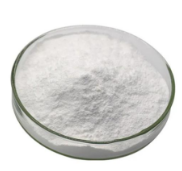
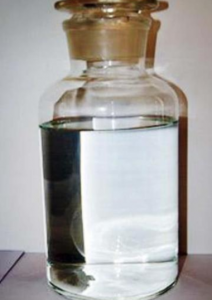
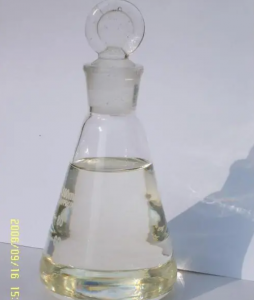
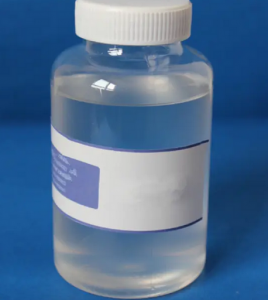
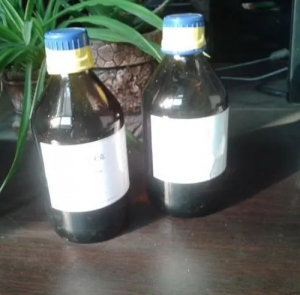
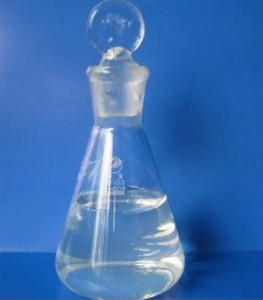





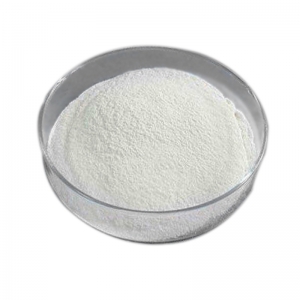
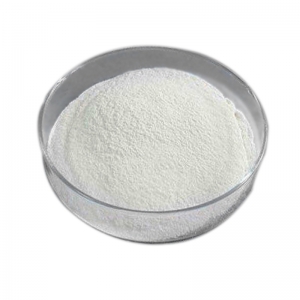


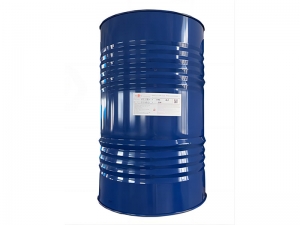


 online service
online service


